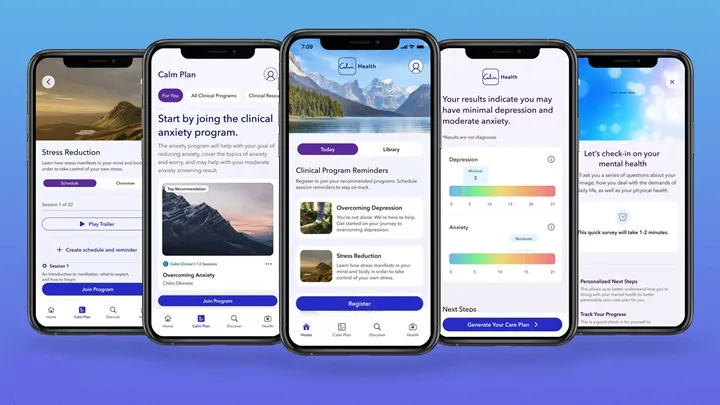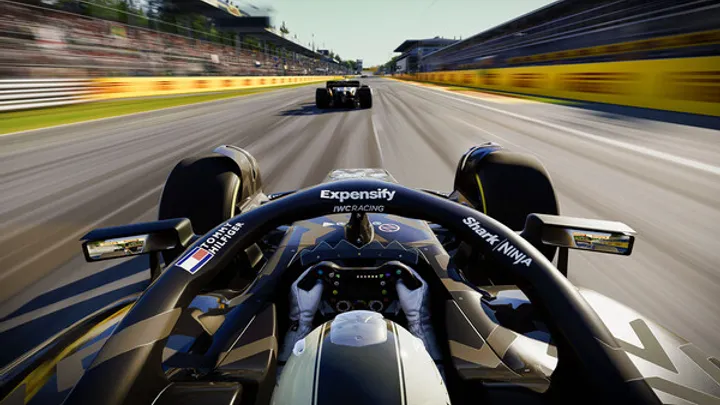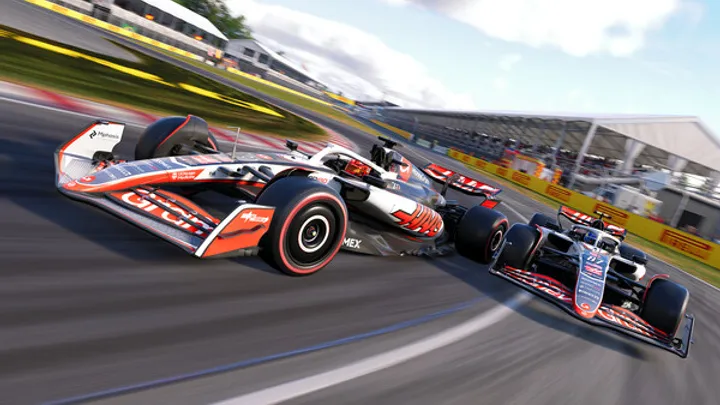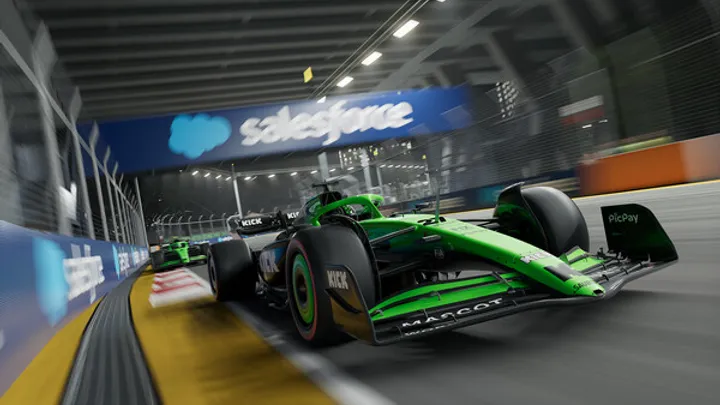F1® 25, the latest installment in EA Sports’ Formula 1 racing franchise, delivers an immersive motorsport experience with refined physics, enhanced graphics, and expanded career features. However, beneath its polished surface lies a critical gameplay flaw that has sparked widespread frustration among players: the malfunctioning Flashback system. Intended to be a safety net for mistakes, Flashback (or Rewind) has instead become a source of unpredictable bugs, particularly affecting car performance and pitstop repairs. This article explores the technical and experiential consequences of this issue, tracing its impact across game modes, platforms, and player strategies.
- Understanding the Flashback Feature Flashback allows players to rewind time during a race, correcting mistakes like missed braking points or collisions. It’s a staple of the F1 series, offering accessibility and forgiveness in a high-stakes environment. In theory, it should restore the car’s state to a previous moment without altering gameplay integrity.
However, in F1® 25, Flashback has become unreliable. Players report that using it mid-race can undo pitstop repairs, reintroduce previously fixed damage, or trigger new mechanical issues. This undermines the feature’s purpose and creates a paradox: using Flashback to fix one mistake may cause another.
Key Symptoms:
- DRS failure after Flashback
- Reverted wing repairs
- Sudden tire degradation post-rewind
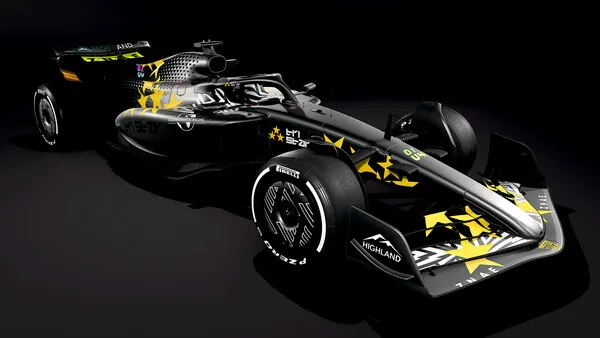
- The Pitstop Paradox One of the most disruptive bugs occurs when Flashback is used after a pitstop. Players who repaired front wing damage or changed tires find that those fixes are undone. The car behaves as if the pitstop never happened, despite visual confirmation that it did.
This issue is especially problematic in longer races or career mode, where strategy hinges on pit timing and component management. A single Flashback can sabotage an entire race plan, forcing players to pit again or suffer performance penalties.
Player Impact:
- Lost race positions due to reintroduced damage
- Strategy breakdowns in career mode
- Increased wear on components not properly reset
- DRS and Mechanical Glitches Another common complaint is the failure of DRS (Drag Reduction System) after using Flashback. Even if DRS was functioning correctly before the rewind, it may become disabled afterward, with no visible damage or race control intervention.
This glitch affects overtaking opportunities and lap times, particularly in competitive online races. Players are left vulnerable on straights, unable to defend or attack effectively, which skews race outcomes and undermines fair competition.
Technical Breakdown:
- DRS status not preserved during rewind
- No flags or damage to justify deactivation
- Affects both single-player and multiplayer modes
- Career Mode Consequences In career mode, Flashback bugs have long-term consequences. Reintroduced damage affects component wear, which can lead to grid penalties or forced retirements in future races. Players trying to build a legacy find their progress derailed by unpredictable mechanical failures.
Moreover, the AI does not suffer from these issues, creating an imbalance. While human players deal with broken systems, AI opponents maintain consistent performance, making career progression unfairly difficult.
Long-Term Effects:
- Accelerated engine and gearbox wear
- Unjustified grid penalties
- AI advantage due to bug immunity
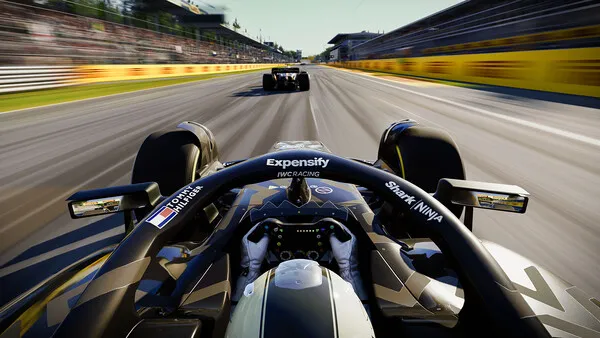
- Multiplayer Frustrations In online races, Flashback is typically disabled to preserve fairness. However, in custom lobbies or co-op career modes where it’s allowed, the bugs persist. Players using Flashback may unintentionally disrupt race flow, triggering desyncs or unexpected car behavior.
This has led to community debates about banning Flashback entirely in multiplayer. While it offers a safety net for casual players, its instability makes it a liability in competitive settings.
Community Reactions:
- Flashback bans in custom leagues
- Complaints about desync and ghosting
- Calls for patching or removal in online modes
- Platform-Specific Issues While Flashback bugs occur across all platforms, PC players report additional complications. GPU driver updates and frame generation settings (FSR) seem to exacerbate the issue, causing visual glitches during rewind sequences.
On PS5 Pro, ghosting effects and lighting inconsistencies appear when Flashback is used in spectator mode. These graphical anomalies distract from the race and suggest deeper engine-level conflicts between rendering and state restoration.
Platform Breakdown:
- PC: Shader and lighting bugs during rewind
- PS5 Pro: Ghosting in spectator mode
- Xbox Series X: Occasional input lag post-Flashback
- Developer Response and Patch Status EA and Codemasters have acknowledged the Flashback issue in community forums and bug trackers. It’s currently listed as “INVESTIGATING,” meaning the dev team is aware but has not yet issued a fix.
Players are advised to avoid using Flashback after pitstops or during critical race moments. However, no official workaround has been provided, and patch timelines remain unclear. This lack of transparency has fueled frustration among dedicated fans.
Patch Status:
- Issue acknowledged by developers
- No ETA for fix or workaround
- Listed under “Investigating” in bug tracker
- Workarounds and Community Fixes Some players have developed their own strategies to mitigate the issue. These include saving Flashback for early race incidents, avoiding use after pitstops, and manually adjusting setups to compensate for reintroduced damage.
Others suggest disabling Flashback entirely in settings to avoid temptation. While not ideal, this approach ensures a consistent race experience, albeit with higher stakes.
Suggested Workarounds:
- Use Flashback only before pitstops
- Disable feature in settings
- Monitor component wear manually
- Impact on Game Balance and Immersion The Flashback flaw disrupts the delicate balance between realism and accessibility. F1® 25 aims to simulate real-world racing while offering tools for casual players. When those tools malfunction, the experience becomes punishing rather than immersive.
Players lose trust in the game’s systems, questioning whether their decisions will hold. This erodes immersion and makes strategic planning feel futile, especially in modes designed for long-term engagement.
Immersion Breakdown:
- Strategic decisions undermined
- Loss of trust in game mechanics
- Reduced enjoyment in career progression
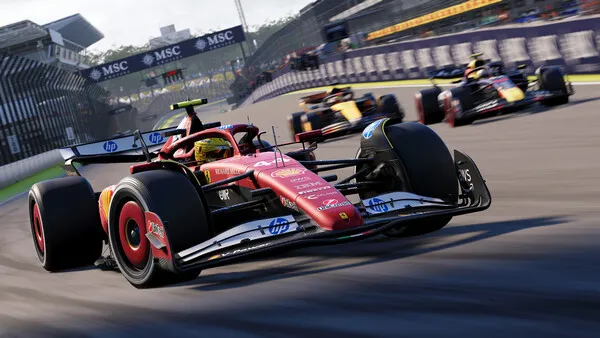
- What Needs to Change To restore confidence, Codemasters must prioritize a fix for the Flashback system. This includes preserving pitstop repairs, maintaining DRS status, and ensuring consistent car behavior post-rewind. A detailed patch note and community update would go a long way.
Additionally, offering a toggle for “Safe Flashback” or limiting its use to non-critical moments could help. Transparency and responsiveness are key to maintaining player loyalty in a franchise built on precision and realism.
Recommended Fixes:
- Preserve car state during rewind
- Patch pitstop and DRS bugs
- Improve communication with players
Conclusion F1® 25’s Flashback system, once a helpful tool for racers, has become a source of frustration and imbalance. From pitstop reversals to DRS failures, the feature’s instability affects gameplay, strategy, and immersion across all modes. While the issue is under investigation, players continue to face unpredictable consequences. Codemasters must act swiftly to restore trust and ensure that Flashback serves its intended purpose: helping players recover, not punishing them for trying.













